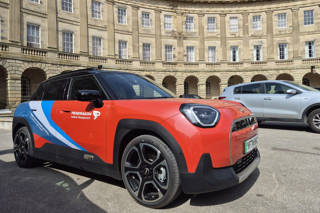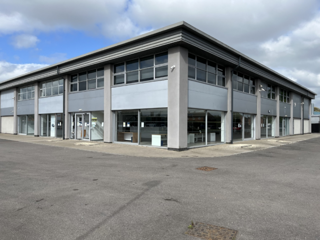The news of Vauxhall’s decision to ‘rationalise’ its network of dealerships, ready for a new 2020 strategy, may have come as a shock to some – but predictions over whether this move heralds the first dim tolls of the death knell for the traditional bricks-and-mortar dealership model should be taken with a hefty pinch of salt.
Vauxhall’s move was, of course, hardly a bolt from the blue. It was no secret that the brand, along with Opel, failed to make a profit for General Motors this millennium and continued to struggle following acquisition by PSA.
Indeed, the Opel-Vauxhall division reportedly lost €179m in the five months to December 2018; it’s little wonder that the division has been tasked with saving €1.1bn by 2020.
Many dealers had been forewarned that a significant franchise network review was coming, even before the rumblings that PSA were considering an exit of up to 30% of Vauxhall’s dealerships and, anecdotally, agents (including Rapleys) had been asked to advise on several potential Vauxhall dealership disposals in advance.
The need to strategically reassess bricks-and-mortar portfolios is not symptomatic of only the automotive sector – the entire retail industry is seeking to come to terms with the new realities of consumer demand and behaviour.
We might draw parallels with the many and various retailers, the likes of Toys R’Us, Carpetright, and latterly Debenhams, who have felt the strain of being tied into expensive and often not-fit-for-purpose property estates.
The dynamics are of course very different in the automotive trade, but for those with a high-volume, high-coverage dealership strategy a realignment was becoming inevitable.
Volkswagen have shown that significant market share can be maintained with a comparatively smaller footprint, and we should not be surprised if other volume brands, such as Ford, continue to explore similar solutions to Vauxhall.
Jaguar Land Rover, for instance, have been behind a large proportion of market activity over the last two to three years, with their strategy of consolidation and moving both brands under single-roof facilities.
For retail more broadly, one of the key factors to this re-evaluation of bricks-and-mortar has been the continued rise of eCommerce.
Vauxhall itself has said that, as part of its new strategy, a significant focus will be on online.
However, there is a risk that this pendulum might swing too far and retailers of all stripes ignore the significance of bricks-and-mortar at their peril.
Some analysts predict that there will be a plateauing of online’s share of the retail market – with estimates ranging between around 20% to 30% - and the automotive sector, with the high level of control on new car sales exerted by manufacturers, may be insulated still further as compared to sub-sectors like consumer electronics.
Some brands and manufacturers will continue to explore innovative strategies to engage with customers – from high-street showrooms to shopping centre ‘experiential’ stores – but these kinds of solutions will likely form part of the marketing and brand-engagement mix, rather than purely as a route to driving transactions upwards. We expect the vast bulk of automotive sales to continue to be linked to the forecourt showroom – albeit with increased customer service, engagement and digital solutions integrated.
It’s partly for this reason that some, if not many, of the Vauxhall dealerships which are part of the 2020 re-evaluation are likely to appeal to other automotive sales operators.
This, importantly, includes the used-car dealers and car supermarkets who continue to perform well with consumers and who remain active in the search for sites.
Even leaving Vauxhall to one side, there is an increasing quantity of dealership property on the market and this is affecting values - but demand is such that any drop is likely to be limited and might be limited to a slowdown in growth only.
This demand is coming from outside of the industry, too, with sub-sectors from gyms, to petrol retailers, to senior living providers – not to mention traditional residential – having active requirements for the kinds of sites, with good roadside access, that dealerships offer.
The real challenge is, therefore, in ensuring that the automotive bricks-and-mortar portfolio is right-sized, complementary to (and cognisant of) wider consumer dynamics including eCommerce, and that the industry can compete with the alternative users for the best sites.
Clearly, the automotive retail model will need to adapt to ensure continued relevance with consumers, but the dealership isn’t dead, and in fact looks to be in good health for a long time yet.
Author: Daniel Cook, partner in the automotive and roadside team at Rapleys



















Login to comment
Comments
No comments have been made yet.